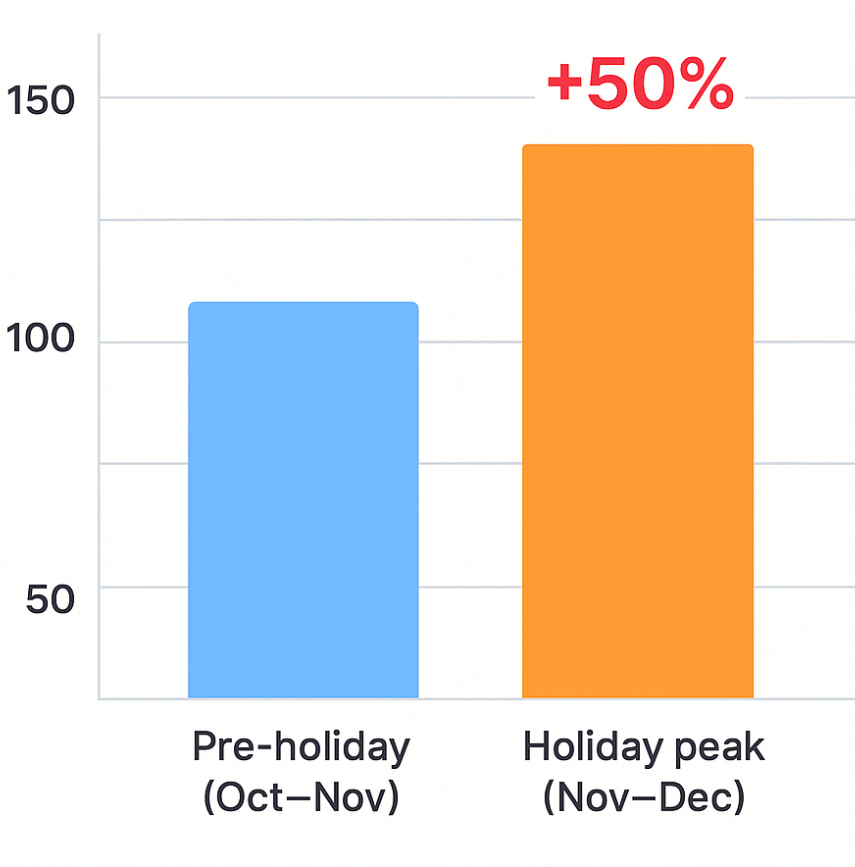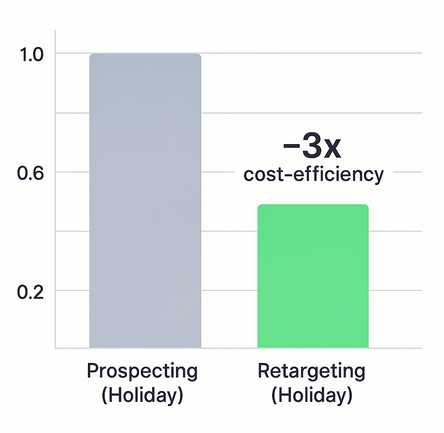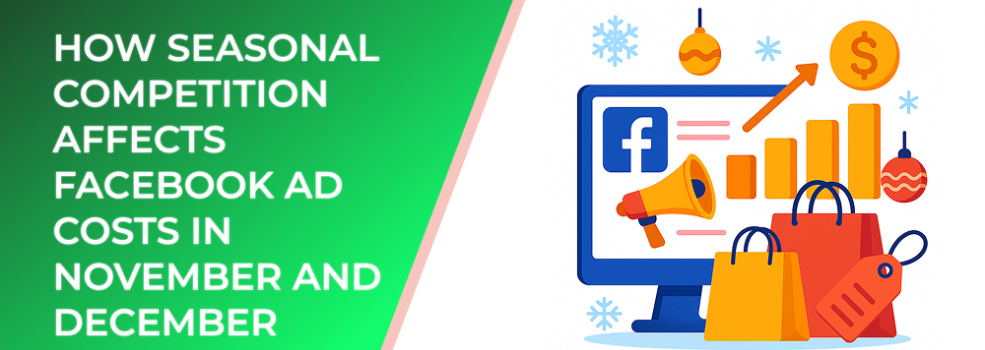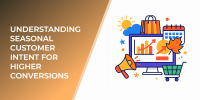November and December are the most competitive months of the year for Facebook advertising. With holiday shopping driving massive increases in demand, brands across nearly every industry compete aggressively for limited ad inventory. As competition spikes, so do costs, often surprising advertisers who don’t prepare for seasonal shifts.
Understanding how and why these cost changes happen can help advertisers plan budgets more effectively, protect their performance, and optimize campaign structure before demand peaks.
Why Costs Increase During Peak Season
1. Higher Demand for Limited Inventory
The number of advertisers grows significantly during the holiday season. According to industry benchmarks, CPMs can rise by 25–60% from early November to mid-December. This increase is driven by retailers, e-commerce brands, and service-based businesses all attempting to capture holiday buying intent at the same time.
2. Increased Consumer Activity
Holiday shoppers are extremely active in November and December, which makes audiences more valuable. Studies show that more than 80% of consumers plan to purchase gifts during this period, and over half rely on online ads to discover new deals.
3. Auction Pressure From Major Retailers
Large brands often surge their budgets during Q4. This inflates competition in the Facebook Ads auction, increasing average CPC and CPM even for smaller advertisers. Reports indicate that CPCs can jump as much as 40% during Black Friday week alone.
How Cost Increases Affect Performance
Rising CPMs

Holiday season CPM increase: CPMs in many retail campaigns rose more than 50% during the November-December peak
By late November, CPMs can be 30–50% higher than in September or October. Advertisers often see strong engagement but must spend more to maintain the same delivery.
Higher CPCs
Because more brands want the same audience segments, CPCs typically rise 20–45% depending on the niche.
More Volatile CTR
CTR does not always increase with seasonality; in many industries, ad fatigue is common due to a large volume of promotional creatives. This can reduce efficiency if not monitored closely.
Strategies to Stay Efficient During the High‑Cost Season
1. Warm Up Audiences Early
Starting campaigns in October or early November helps the system learn while costs are lower. This allows advertisers to build strong warm audiences with better engagement and lower acquisition costs.
2. Use Retargeting Aggressively

Retargeting versus prospecting cost-efficiency: Retargeting campaigns during the holiday period can cost 3–5 times less per acquisition than broad prospecting
Retargeting can be 3–5 times more cost‑efficient than prospecting during the holiday season. With CPMs rising, focusing on high‑intent users becomes one of the most reliable ways to maintain ROAS.
3. Diversify Ad Formats
Using a mix of static images, carousels, Reels, and short‑form videos keeps ad fatigue low. Rotating creatives every 7–10 days during November and December can preserve CTR and reduce wasted spend.
4. Adjust Budgets Before Peak Days
Increasing budgets gradually before high‑spend periods (such as Black Friday weekend or Christmas week) helps the algorithm adapt smoothly instead of penalizing sudden jumps.
Key Statistics for Seasonal Planning
-
CPMs can increase 25–60% from early November to mid‑December.
-
CPCs often rise 20–45% during the holiday shopping season.
-
Retargeting campaigns can perform 3–5 times better than prospecting during high‑competition periods.
Related Articles You May Find Helpful
Conclusion
Seasonal competition has a major influence on Facebook ad costs during November and December. With more advertisers entering the auction and consumer attention at its highest point, CPMs and CPCs inevitably rise. By planning early, prioritizing warm audiences, and keeping creative strategies agile, brands can continue performing efficiently even in the most competitive period of the year.

